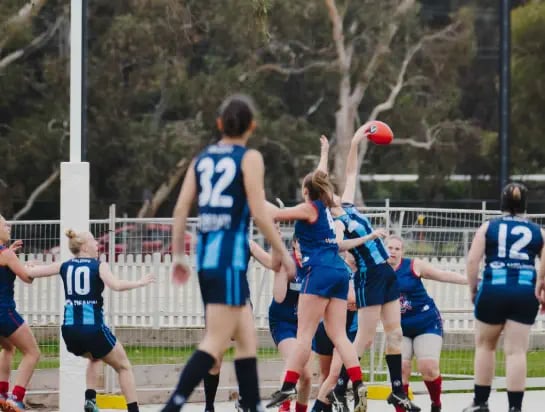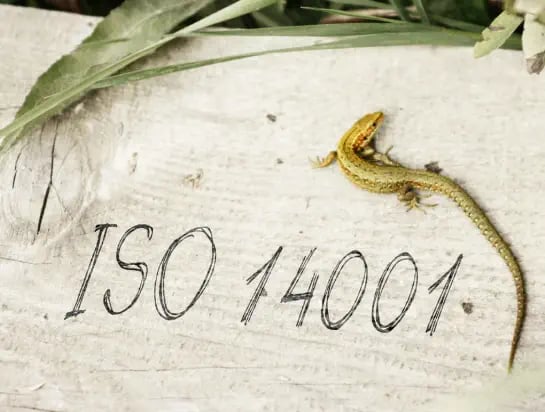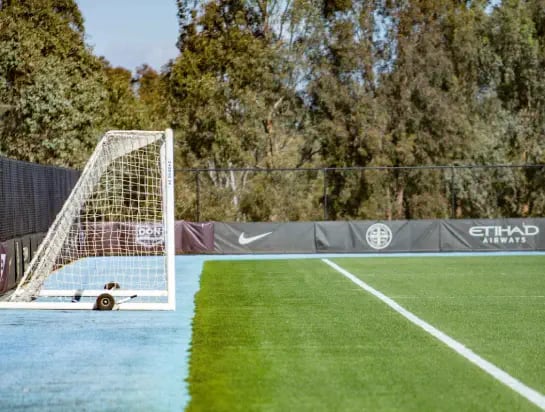
For lots of Australians, sport is key part of their lifestyle. According to the Department of Health and Aged Care , about 13 million adults and 3 million children participate in sport each year. It helps to build the physical, social and mental wellbeing of the community as they unite over sport.
Most sports use natural resources and have an impact on our natural environment. Climate change has had a huge effect across the world and it has determined when and how people can use fields of play for their sport of choice. Extreme weather events can lead to losses on a sport field surface, and they can affect the management of these fields. These disruptions are happening all the while sporting seasons are changing at the same time, which can lead to great costs and significant ramifications on the sports world.
Having said that, sports are also a contributor to greenhouse gas emissions across the world through processes that include, but aren’t limited to, field construction and associated travel during the sports season. This calls for sports organisations to act responsibly by limiting natural resource consumption and use alternate sustainable materials that are available in the market. Sport organisations have a unique position to inspire and influence the community, while demonstrating leadership to promote greater environmental responsibility.

Fields of play have requirements that impact the environment, including equipment and facilities, infrastructure and transportation, catering, sanitation and merchandising. When we consider the people and materials involved in sport, it’s clear that all sorts of resources are required to support sports. Environmental sustainability in sport is all about managing the interactions within and outside of the game to minimise the negative impacts and maximise the positive ones.
Sport is often synonymous with being healthy and active. By extension, the fields of play we design and consult on supports and promotes people being healthy. We are committed to promoting healthy communities and a healthy environment.
Sustainability is an integral part of our design process. We are well-positioned to promote sustainable Field of Play designs that protect the environment. Our designs address the challenges presented by climate change, population growth, biodiversity loss and resource scarcity.

It’s important to analyse and estimate your Field of Play’s carbon footprint throughout its lifecycle. This will help us to measure the carbon associated with each phase, and to understand what contributes the most emissions and understand how best to reduce footprint. Understanding the key impacts are significant for guiding the decision-makers to take appropriate actions that will minimise the impact on the environment.

An internal committee oversees the management of our Environmental Management System (EMS), which enables us to maintain our ISO 14001 certification. We manage our environmental impacts through proactive processes and changes in how we operate as a company. This also allows us to improve environmental performance caused by our services and activities.
When we design fields of play, our team identifies materials and products that positively contribute to the circular economy.

By communicating your efforts, both internally and externally, you will contribute to overall efforts to raise awareness about sustainability.

Our team work closely with the manufacturing and construction industries to develop a carbon calculator for all fields of play. With this information, we can calculate the likely embodied carbon in the initial construction and the subsequent carbon that’s emitted during the post-construction maintenance phase.
If not us, who? If not now, when?
Like to know about Sustainable Initiatives? Why not arrange a 30 minute phone call with Andrew Morrow, our Commercial Manager, about how it can improve your grounds.
